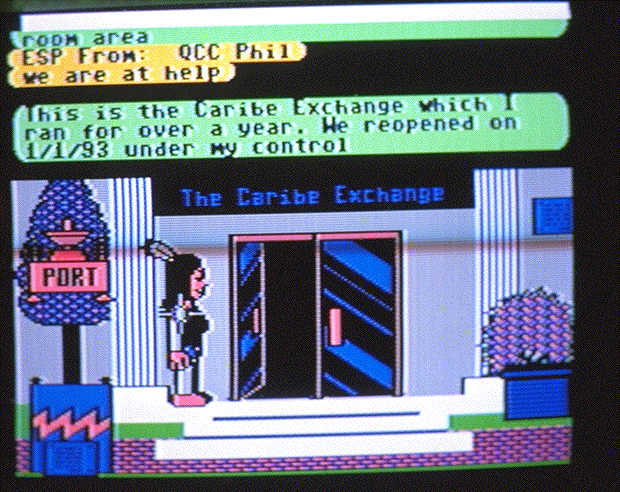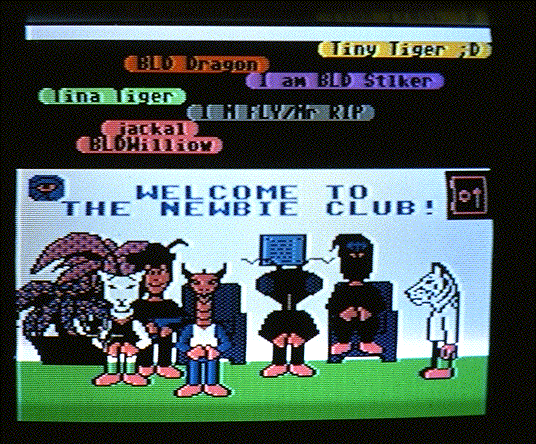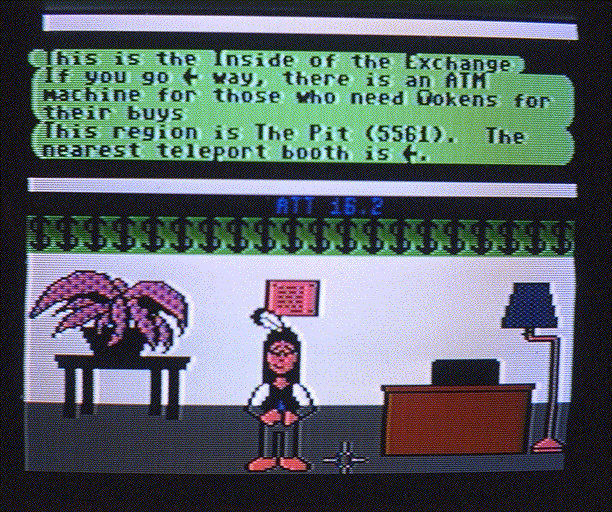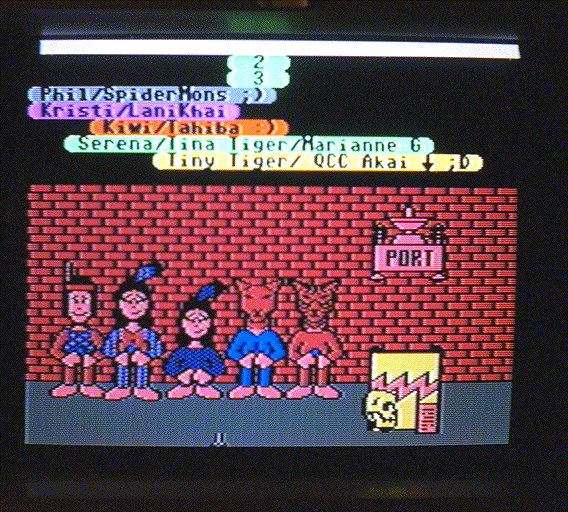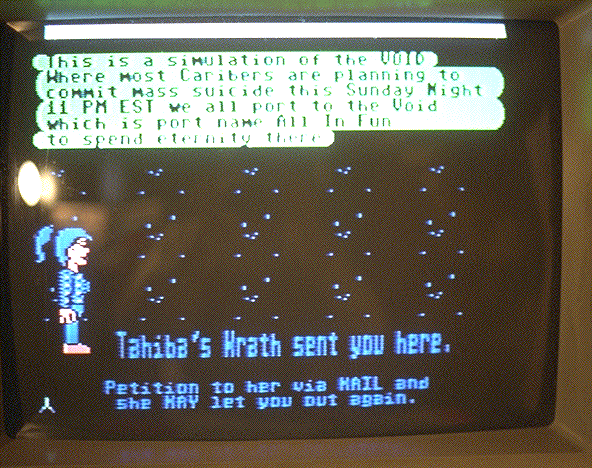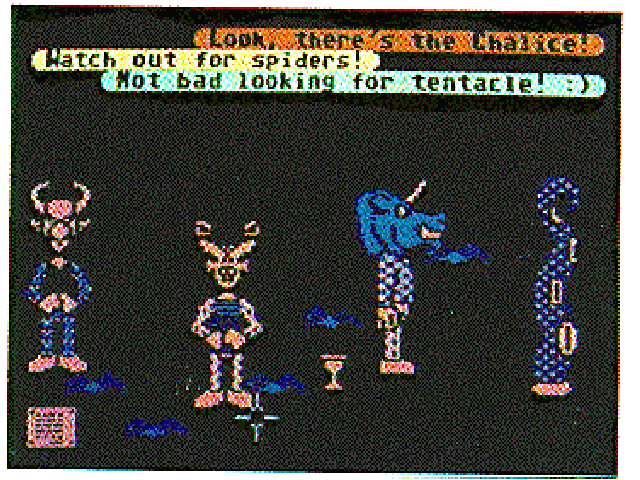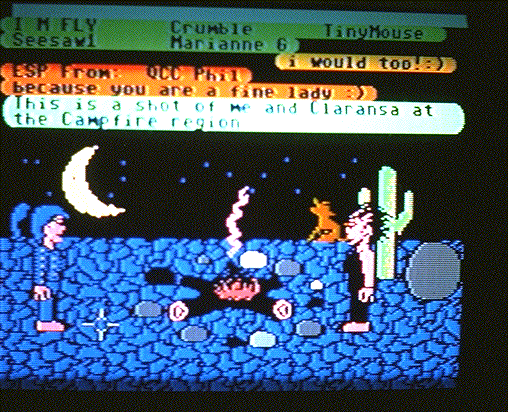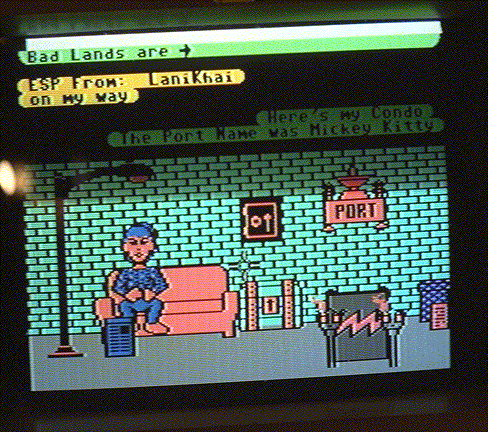30 Year Anniversary of Club Caribe closing
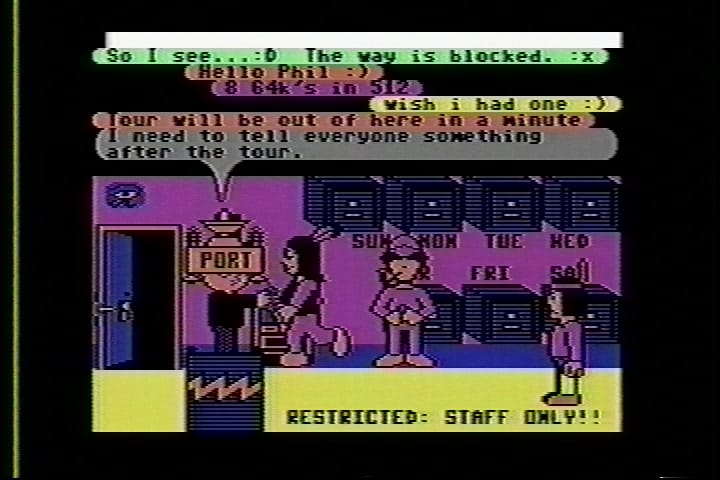
February 20th, 1994 was the day since Club Caribe was closed down for good on the Quantum Link service and it's the 30th anniversary as I write this. If you don’t know what Club Caribe was, it is the final release version of Lucasfilm’s Habitat.

How did Club Caribe come about?
When Lucasfilm Games pitched the idea of what would later be called an MMO/virtual world to Quantum Link (who would later become America Online aka AOL), the deal was such that Lucasfilm would build the game and retain ownership of the intellectual property, but that Quantum Link would help build it alongside them and have exclusive rights to operate the service. You can read the contract between the two companies from the original Habitat archives.
The world of Lucasfilm’s Habitat was a separate world in its own right, but it was created for the purpose of beta testing the software. Quantum Link could have taken the world as created by Lucasfilm and released as is, but after having concerns about the "weird, goofy, sci-fi fantasy flavor that everything had", Quantum Link decided to rebrand it as a Club Med style island destination instead under the name Club Caribe.
Chip Morningstar discussing why Quantum Link decided to rebrand Habitat as Club Caribe
Who created Club Caribe?
Former Habitat beta tester and later games producer at Quantum Link, Scott Gries aka Celebrindl was tasked with converting the original Lucasfilm’s Habitat world and reworking many of the regions into what would become Club Caribe after the Habitat beta test ended around May 1988. For reference, Club Caribe opened up around May 1989.
Scott used the server side administrative tool known as GHU or Gods Handy Utility to modify the original Habitat regions. Often this would consist of using GHU to create the objects desired in the region and then using the in game administrative tools to change their position.
Scott would end up designing and creating the bulk of the original Club Caribe world and received substantial assistance via email from some of the former Lucasfilm’s Habitat team members in order to build things out.

By the time Caribe was released, Chip Morningstar and Randy Farmer had already left Lucasfilm Games to work at AMIX and Aric Wilmunder had moved on to other notable projects at Lucasfilm such as Maniac Mansion and Indiana Jones and the Last Crusade: The Graphic Adventure. Randy would be called to make a small change to the original Habitat client around this time though which was to add the new Club Caribe logo to the title screen, adjust copyright dates and finally, to modify the welcome text a user would see when creating a new avatar.
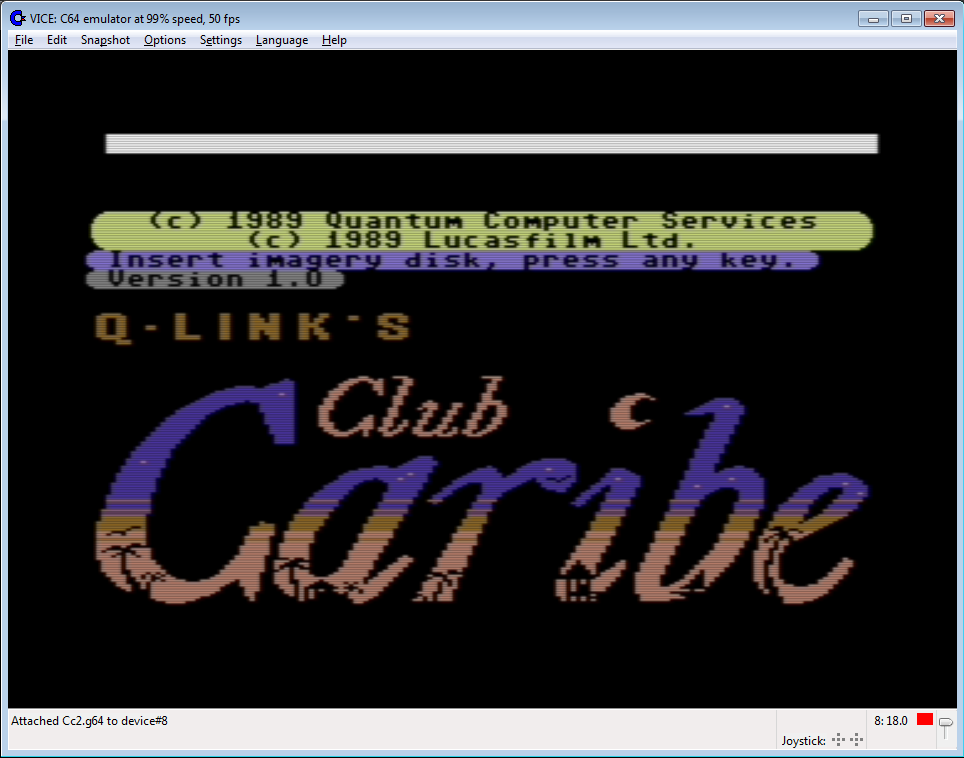
When originally released, all of the fantasy and science fiction elements from the original Habitat world were removed from the Club Caribe world database because Quantum Link were concerned that it might go over the average users head. Some of the artwork was present during the Club Caribe beta in a place called the "Black Room", but it was removed upon launch.
Within six months, people had begged Quantum Link to bring these objects back and they acquiesced.

What is Club Caribes legacy?
By the time of Club Caribe’s eventual release in the summer of 1989, the Commodore 64 was already on the wane and Quantum Link in decline. Even so, Club Caribe had a small but dedicated community of users who spent many hours exploring the world and communicating with each other, forming bonds that last even to this day.
A user named BLD Stlker decided to film a documentary just a day before Club Caribe was due to close. A large majority of regions and other important information was saved and you can view the entire 10 hours of footage he recorded on YouTube. I recommend setting it to a higher speed to make the region transitions speed up because it's quite slow otherwise.
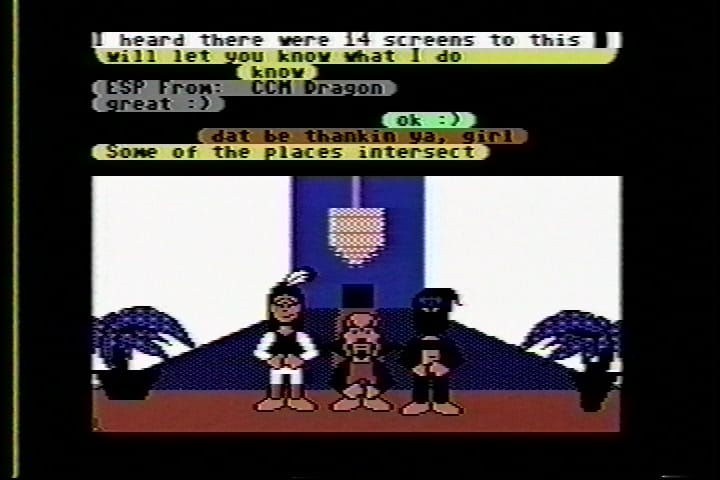
Whilst a lot of people only talk about Habitat as being groundbreaking, we should never forget about Club Caribe because it became a true community and helped to lay the foundation for what online virtual worlds would later become. Several former Club Caribe members would even go on to become prominent members in Fujitsu’s WorldsAway virtual world service, bringing the spirit of Club Caribe with them.
Club Caribe also had a huge effect on WorldsAway in terms of Gaming and Groups. For example, in Club Caribe, users would hold "Spec Races", "Spec" being short for Spectator (or Ghost mode). Users would hold races to see who could deghost the fastest and grab a certain object in a region and the winner would win a prize. This concept was brought over to WorldsAway and rebranded as Ghost racing, which was very popular back in the day. Groups of users who would band together under some common theme also appeared in Club Caribe and some of them would come over to WorldsAway. The Bloodline was an example of such a group who were formed in Club Caribe but came over to WorldsAway (The BLD in BLD Stlker is an abbreviation of Bloodline).
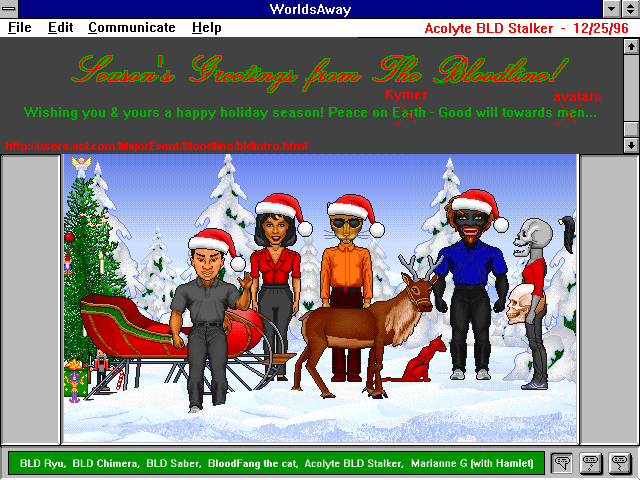
Recreating Club Caribe in 2024
Thanks to the efforts of Randy Farmer, Steve Salevan and many others, Lucasfilm's Habitat has been recreated using the original source code and a modern reworking of it and you can play it now as NeoHabitat. This provides a base for reworking NeoHabitat into Club Caribe due to the fact that besides the title screen being different, the client is exactly the same.

Backups for the original Club Caribe world don’t appear to exist anymore, but I have been personally spearheading an effort to recreate each region by hand using the over 10 hours of available video footage we have and the many screenshots too.
Most of what has been created already was done by finding the equivalent Habitat region that was used as a base and making tweaks by hand, but thanks to SpindleyQ, we can now recreate Club Caribe regions in the browser using a simple tool. It’s an amazing way to recreate the world as it was without much technical knowledge required at all.

If you’d like to help with the project, you can find the GitHub repository here containing all the necessary info on how to get setup and what needs to be recreated. You can also join our Discord for more information.
Were you a member of Club Caribe?
If you were a member of Club Caribe, I would love to hear your thoughts or memories from those days. If you kept any printouts or screenshots of anything, or especially VHS footage, please get in touch with us either in the comments section (it's free to become a member), or via email at stuart@renoproject.org
